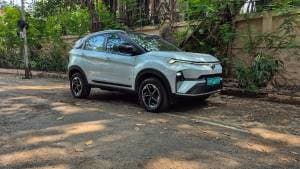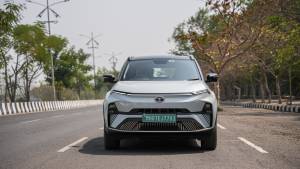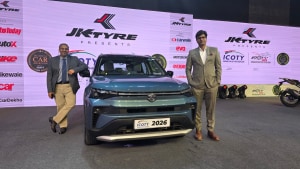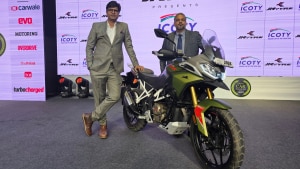Tata Nexon EV long term review: The hypermiling life
Whenever there is a conversation around EV ownership, the catch is that it usually makes sense if you have home charging. One of the reasons I chose the Nexon EV to be inducted into the OD Garage was to see how tough it can get without such a setup. Needless to say, the 2,577 km I've put in over the last three months with this car have been far from usual.
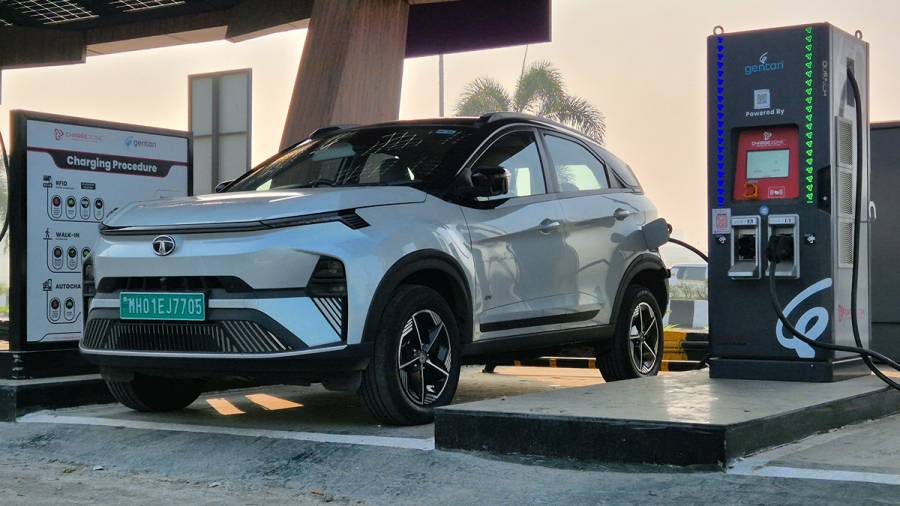
But at the outset, some planning goes a long way to making this a smooth experience. You also quickly ingrain in yourself the small changes that you need to make in your driving style to stretch that one charge as far as you can. Yes, you drive slower, but with our traffic conditions, you don't really see your average commute time drop enough to be a concern.
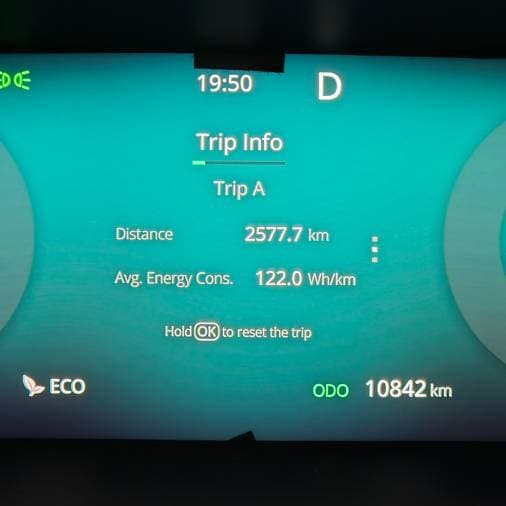
Over this stint, we managed an efficiency of 8.2 km/kWh which with the 40.5 kWh battery pack made for a real-world range of 332 km. This is especially impressive since unlike our usual test cycle, more than half this distance has been on the difficult Mumbai-Pune expressway.
So what do you do to get these numbers? Sticking to the Eco mode seems to be most beneficial. It's usually enough in the city, except on ramps and while trying to get back up to speed on highways. Of course, you still need to be measured with the throttle, difficult when you like driving but an easier task for the average owner, I suppose. You also need to be conscious of your speed. This isn't much of an issue in Mumbai or Pune traffic but on highways, it's best to not do more than 90 kmph. Yes, this does mean you sometimes get in the way of others, but some common traffic sense takes care of that.
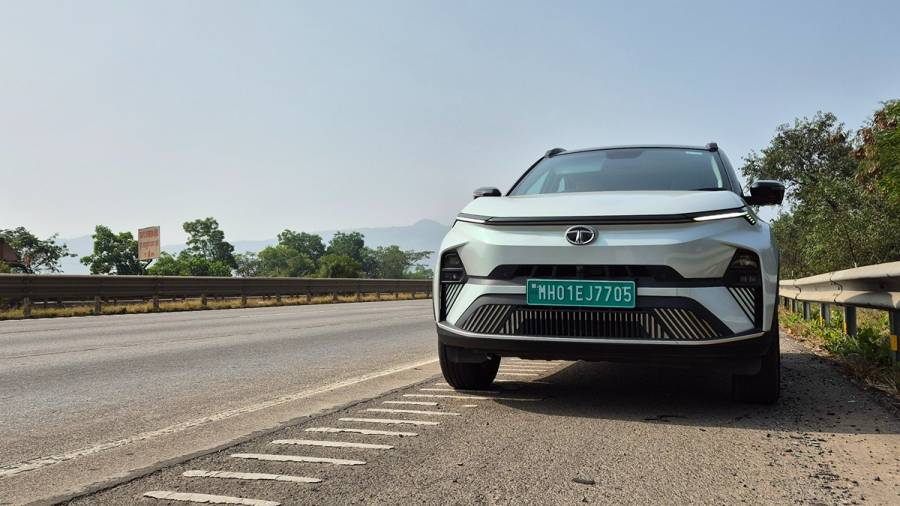
The regen is another factor too. The second regen level seems the best suited. It slows the Nexon EV down naturally enough to not make you lose momentum and helps keep a smooth sense going. It's also best to learn to use regen braking to your advantage, some anticipation surprisingly reduces the amount you need to use the friction brakes. So you aren't just harvesting energy, you also are keeping the momentum that would again need energy to gather. But this older Nexon EV can sometimes cut regen abruptly when coming to a full stop along with the friction brakes. This gets lairy occasionally but having driven the Curvv EV, this is a software glitch that has since been corrected.
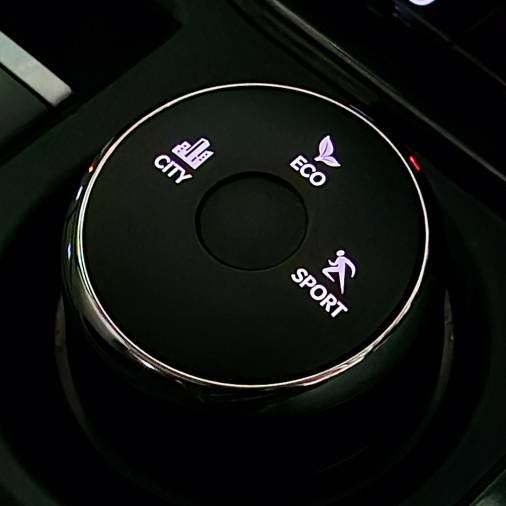
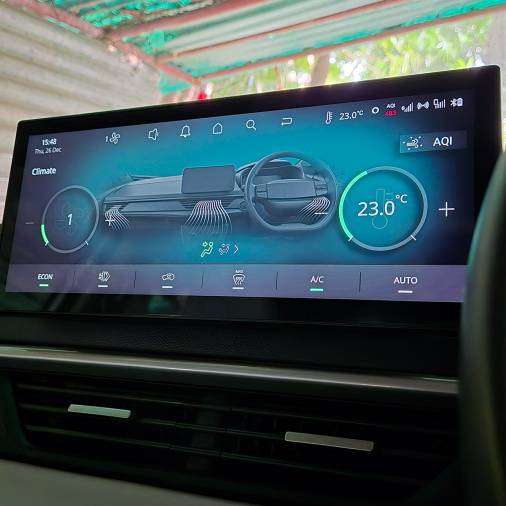
The weather plays a role too. The relatively cold Mumbai winter meant that I didn't need to work the AC as much. Either way, letting the cabin cool and switching to the lowest manual blower speed saves a notable amount of energy. Tata Motors puts some effective ACs in its cars, which helps too. Finally, the old-school practice of running the right pressures is effective. Unlike some other brands, the recommended pressures don't seem too focused on reducing losses so you can follow these comfortably with the Nexon EV.
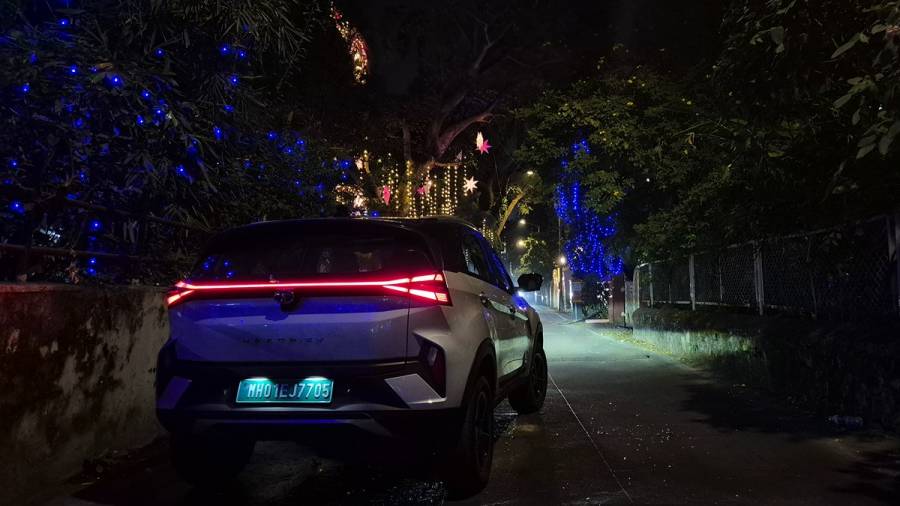
While this has been a novel experience, we don't think you should always depend on fast charging with your EV. The Nexon EV doesn't like it, given the high current that's going through the cells, and the slow charging recommendation it shows up. Over time, this may degrade the battery quicker although we didn't notice an especially significant drop. If you do need to, it's best to charge up to full as often as possible and not let it get down to a completely dead battery.
Starts Rs 13.99 Lakhs
-NA-
Automatic
129
245
-NA-
Starts Rs 6.95 Lakhs
1497cc
Automatic
110
260
21.5 Kmpl

